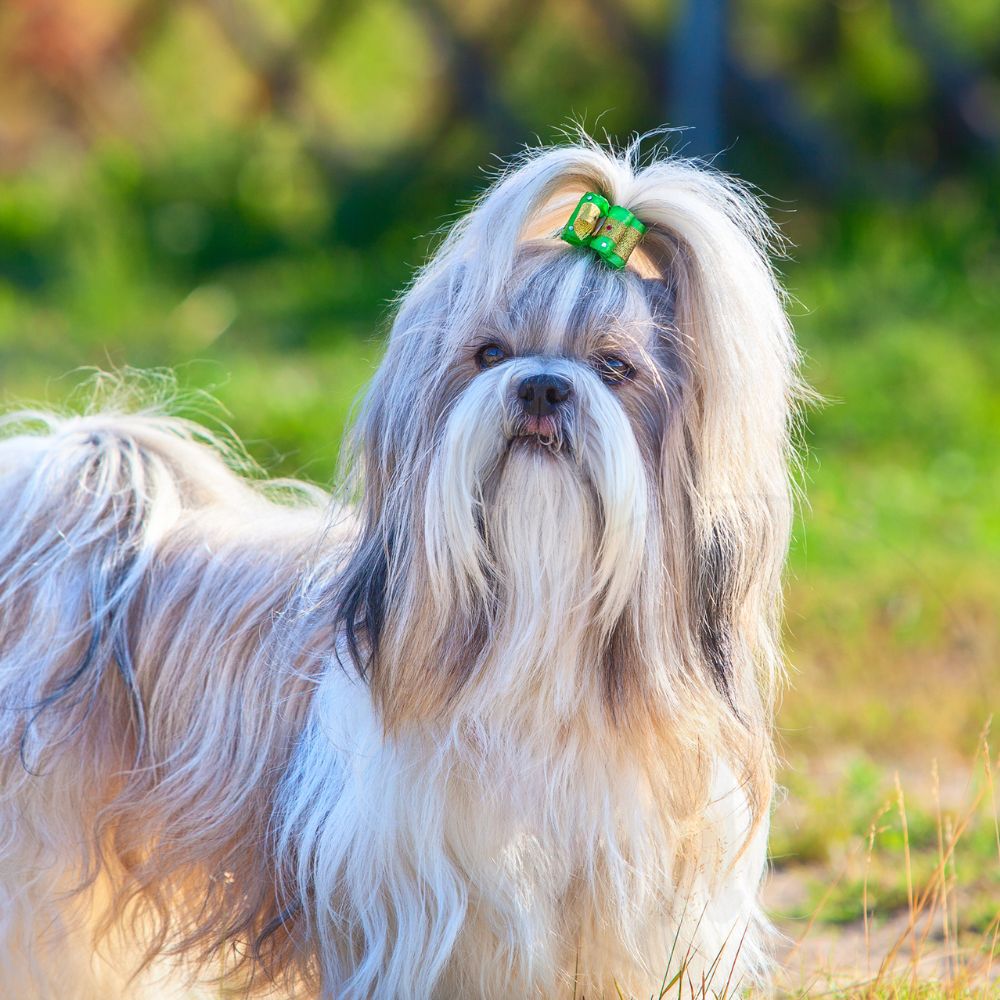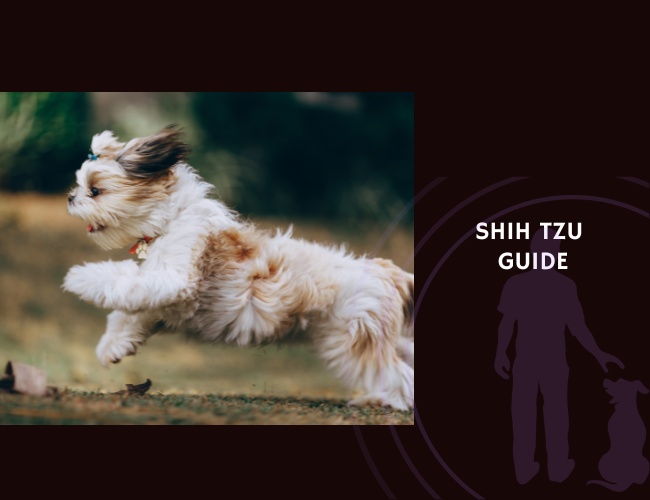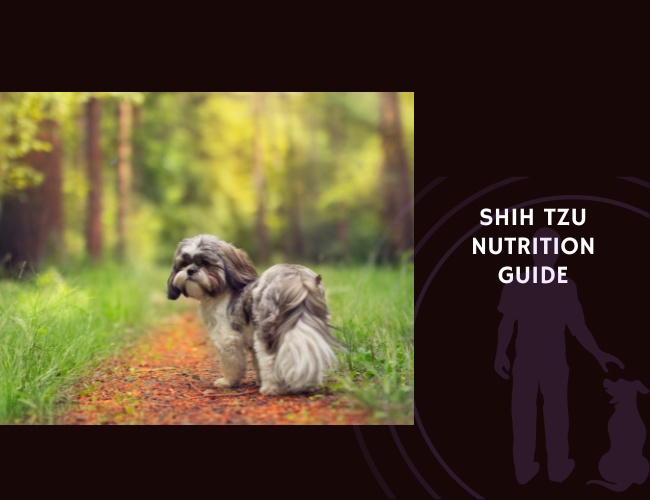Quick Facts about the Shih Tzu
- Origin: China / Tibet
- Weight: 4–7.5 kg
- Life expectancy: 10–16 years
- Coat Colour: All colours including black, white, gold, red, brindle, and combinations
- Breed Group: Toy / Companion
The Shih Tzu is a small, regal toy breed with a flowing coat, a sweet expression, and a cheerful, affectionate personality. Bred to live in palaces, this ancient lapdog now thrives as a loving companion in modern homes.
Shih Tzu History
The Shih Tzu originates from Tibet and was refined in China, where it became a favourite of the Ming and Qing dynasties. The name means “lion dog” in Mandarin, and it was bred to resemble the mythical lion depicted in Chinese art.
These dogs were cherished palace companions, often living in luxury and serving as symbols of royalty. Westerners began importing them in the early 20th century, and the breed was recognised by the AKC in 1969.

Shih Tzu Temperament
Shih Tzus are outgoing, affectionate, and gentle. They enjoy being with people and are generally friendly with strangers, children, and other pets. Their cheerful and trusting nature makes them ideal for homes seeking a low-drama, loving companion.
While not especially athletic, Shih Tzus are lively and enjoy play. They respond well to gentle training and are more adaptable than many other toy breeds.
Note: Though laid-back, they should not be left alone for extended periods—they crave companionship and routine.
Health and wellness
Shih Tzus need light daily exercise—short walks and indoor play are enough. They are prone to heat sensitivity and should be protected from hot or humid conditions.
Their long, luxurious coat requires daily brushing and regular grooming to avoid tangles and mats. Eye and facial fold cleaning is important to prevent irritation or infection.
Significant problems:
Brachycephalic airway syndrome
Eye problems (corneal ulcers, dry eye)
Dental disease
Intervertebral disc disease (IVDD)
Ear infections
Life expectancy: 10–16 years

The Complete Guide to Shih Tzu

The Complete Guide to Shih Tzu Nutrition
🔍 Looking to go deeper into dog training?
Use these categories to explore targeted guides and articles on canine behavior, nutrition, obedience, entertainment, and more.









